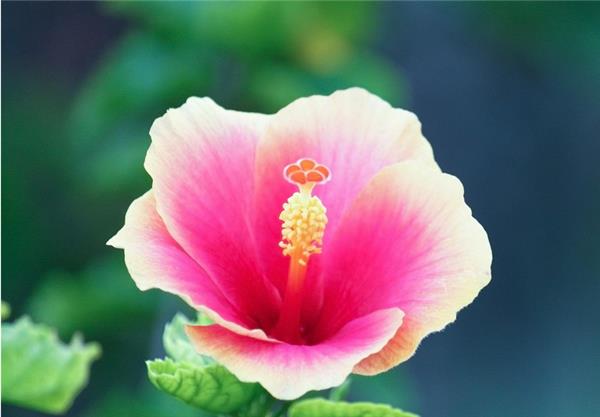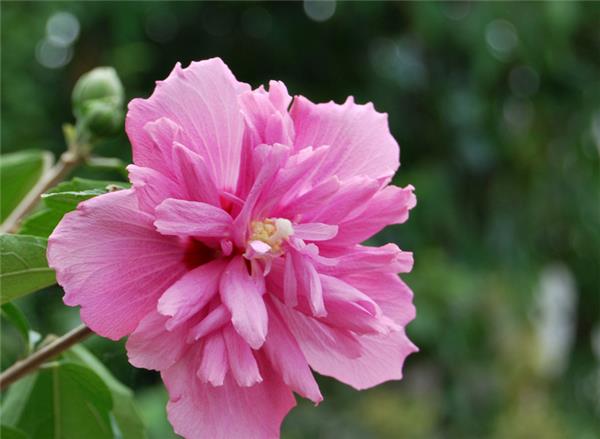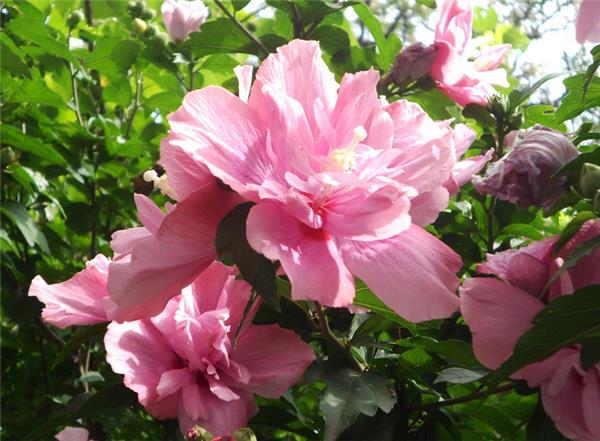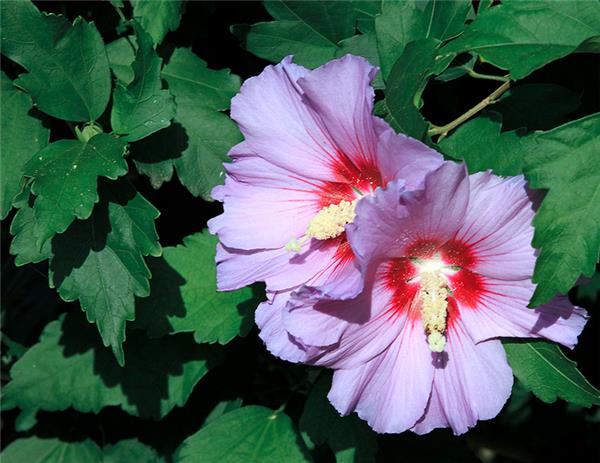Culture methods and matters needing attention of hibiscus flower
Hibiscus is a kind of plant with strong adaptability, which is very popular because of its rich and colorful flowers. Today, I would like to share with you the cultivation methods and points for attention of hibiscus flowers.

Culture methods of hibiscus flower
1. Soil
Hibiscus flowers have a strong ability to adapt to the environment and are not strict with the soil. Hibiscus flowers can grow normally even in barren gravelly soil or slightly alkaline soil. But the deep, fertile and loose soil is the most suitable for hibiscus flower growth.
2. Watering
Hibiscus flowers like a warm and humid environment, so we should pay attention to keep the soil moist, long-term drought and no rain weather, should be watered frequently. However, hibiscus flowers are also afraid of waterlogging, so they should discharge stagnant water in the basin in time after raining. Waterlogging prevention during the plum rain season is the key work of hibiscus flower maintenance.
3. Sunshine
Hibiscus flowers like light, resistant to semi-shade, during the growth period should pay attention to provide sufficient light, but not suitable for too strong, hot summer, when the sun is strong, should pay attention to shade, or move into the room to avoid direct light, so that flowers and leaves dry.

4. Temperature
Hibiscus likes to grow in a warm environment, and the environment of 18-25 ℃ is the best and can withstand the cold slightly.
5. Fertilization
When hibiscus flower sprouts, it should be topdressing in time, mainly quick-acting fertilizer, to promote vegetative growth. Before budding, phosphorus and potassium fertilizer were applied twice before budding to promote plant budding. During the flowering period from May to October, weeding and soil cultivation were applied twice, mainly with phosphorus and potassium fertilizer, supplemented with nitrogen fertilizer, in order to maintain the amount of flowers and tree potential.

Matters needing attention in hibiscus culture
There are not many diseases and insect pests during the growth of hibiscus flowers, but they also occur from time to time. Hibiscus flower diseases mainly include anthracnose, leaf blight, powdery mildew and so on. The main pests are red spiders, aphids, coir moths, nocturnal moths, longicorn beetles and so on. The way to prevent hibiscus diseases and insect pests is to pay attention to ventilation and maintain the right temperature. When diseases and insect pests are found, the branches of diseases and insect pests should be cut off in time, burned centrally, and safe, efficient and low-toxic pesticide spray should be selected to control or trap them.

The efficacy and function of hibiscus flower
1. Watch. Family-raised hibiscus is mainly used as an ornamental. In summer and autumn, hibiscus blossoms, flowers full of branches, hibiscus flowers in a variety of colors, common white and purple, as well as beige, light red and so on. Hibiscus flowers are fluttering in the wind, beautiful and beautiful, and the ornamental effect is very good.
2. Fresh air. Hibiscus is a natural air purifier. Studies have shown that hibiscus is highly resistant to sulfur dioxide, and sulfur dioxide does little harm to the mesophyll cells of hibiscus; the dust retention of hibiscus leaves ranks third among 18 species of plants. therefore, hibiscus is often planted as a helper in environmental protection.
3. For medicinal use. Hibiscus flower can be used as medicine, can clear heat and cool blood, detoxify and detumescence. Treatment of dysentery, hemorrhoid bleeding, leucorrhea, sores, furuncle carbuncle swelling, scald. Hibiscus root clearing heat and detoxification, diuresis and detumescence, cough. Treatment of cough, lung carbuncle, intestinal carbuncle, hemorrhoid swelling and pain, leucorrhea, scabies. Root bark and stem bark can clear heat and dampness, kill insects and stop itching. Treatment of dysentery, liver removal, scrotal eczema, tinea pedis and so on. The fruit is called "the son of Heaven", which can clear the lungs and resolve phlegm, detoxify and relieve pain. To treat phlegm, asthma, cough, nervous headache and yellow water sore.
Related
- Wuhan Hospital Iron Tree Blooming Result Was Instantly Frightened by the Gardener Master
- Which variety of camellia is the most fragrant and best? Which one do you like best?
- What is the small blue coat, the breeding methods and matters needing attention of the succulent plant
- Dormancy time and maintenance management of succulent plants during dormancy
- Minas succulent how to raise, Minas succulent plant pictures
- What are the varieties of winter succulent plants
- How to raise succulent plants in twelve rolls? let's take a look at some experience of breeding twelve rolls.
- Attention should be paid to water control for succulent plants during dormant period (winter and summer)
- Watering experience of twelve rolls of succulent plants
- Techniques for fertilizing succulent plants. An article will let you know how to fertilize succulent plants.



